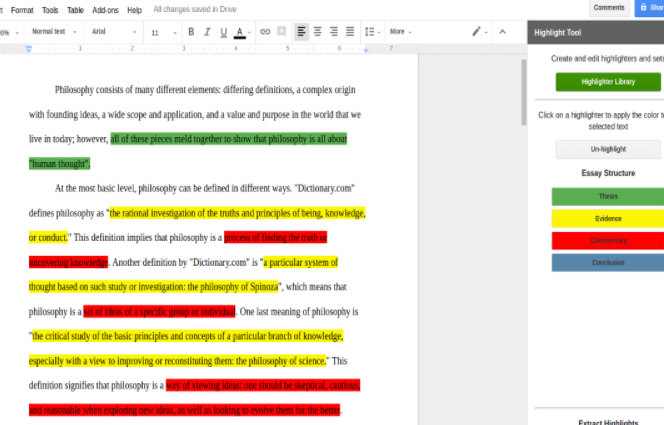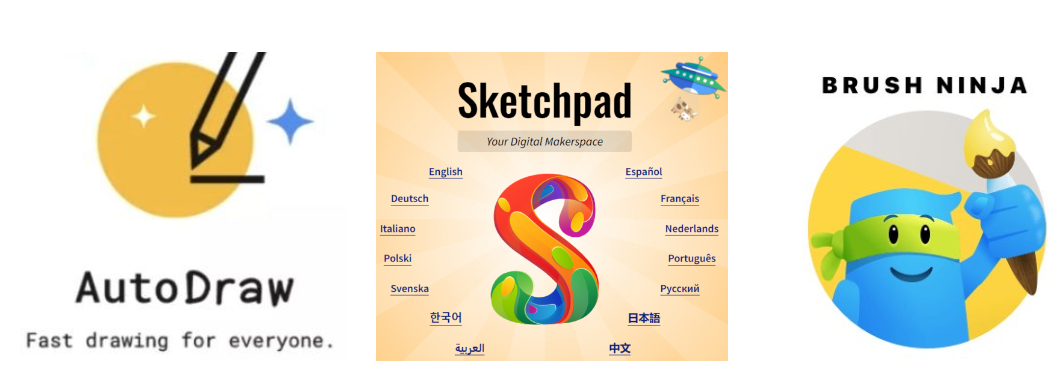Want to know about an instructional strategy that yields powerful gains for students? It’s a surface learning strategy intended to introduce students to new information. The strategy is so common yet seldom taught to students: Summarization. In fact, I credit summarization with my ability to read and get information for content curation. Summarization (d=0.74) is a powerful strategy that empowers students. It works not only as a way for students to show they comprehend a text but also as a way to control their own learning.
The Benefits of Summarization
The act of summarizing can involve finding what’s worth keeping and getting rid of the rest. This can be accomplished in a variety of ways. Let’s take a look at three activities for summarization that began with paper and pencil but grew into digital activities. In each of the activities offered, you can read an available selection and then take action. I’ve discussed the use of digital annotation tools like Diigo in previous articles. These tools allow you to highlight the relevant or irrelevant in different colors. Doing this again and again can improve reading comprehension.

Activity #1: Summarize with Art and Speech
Explore how to use art and speech to summarize with three text selections. When considering summaries, they are often a collection of words. The truth is, we can summarize with both art and speech. This particular activity has you read a text. Then, you use a digital tool to create an artistic representation. Tools can include the following:

You’ve heard the latest brain research, right? It says that drawing something can help a person better remember it. This works no matter the age of the student or the content. The benefits of drawing do not rely on the student’s level of artistic talent. This suggests the strategy may work for all students, not only the ones who are able to draw well. Learn More!
Activity #2: Story Wheel
Need to practice sequencing skills, summarizing a story, visualizing story elements, or recognizing story structure? Then give the Story Wheel a try. A Google Docs template is available for you to take and use. Students will take these steps for the story spinner activity:
- Choose the top three, five, or seven most important events in a story.
- Write the story title and author’s name in an open area of the story wheel.
- Illustrate a story event in each of the story wheel wedges; so that when the story wheel is completed, it makes a summary of the story.
- A written explanation can be included in each of the story wheel wedges.
- Be prepared to share the story wheel!
This approach works great with summaries of multimedia content, too. Give it a spin.
Activity #3: 3-2-1 Summary
Use a simple technique to capture ideas, ask questions, and summarize a text with 3-2-1. The 3-2-1 Summary is a comprehension strategy in which students identify three relevant ideas, two interesting facts, and formulate a question. You can combine this with audio recording tools to have students record their rationale for the 3-2-1.
Want to Learn More?
Want to learn more? Use the infographic below to kick off your exploration. Click here to make a copy!


